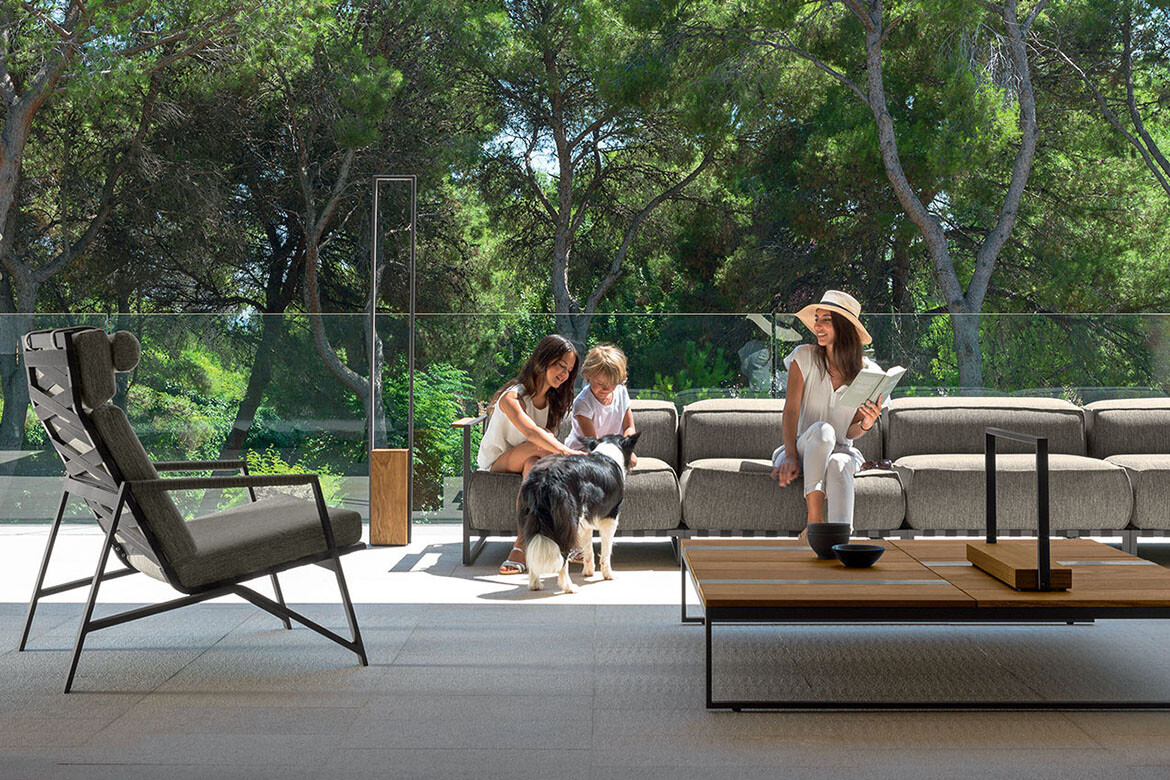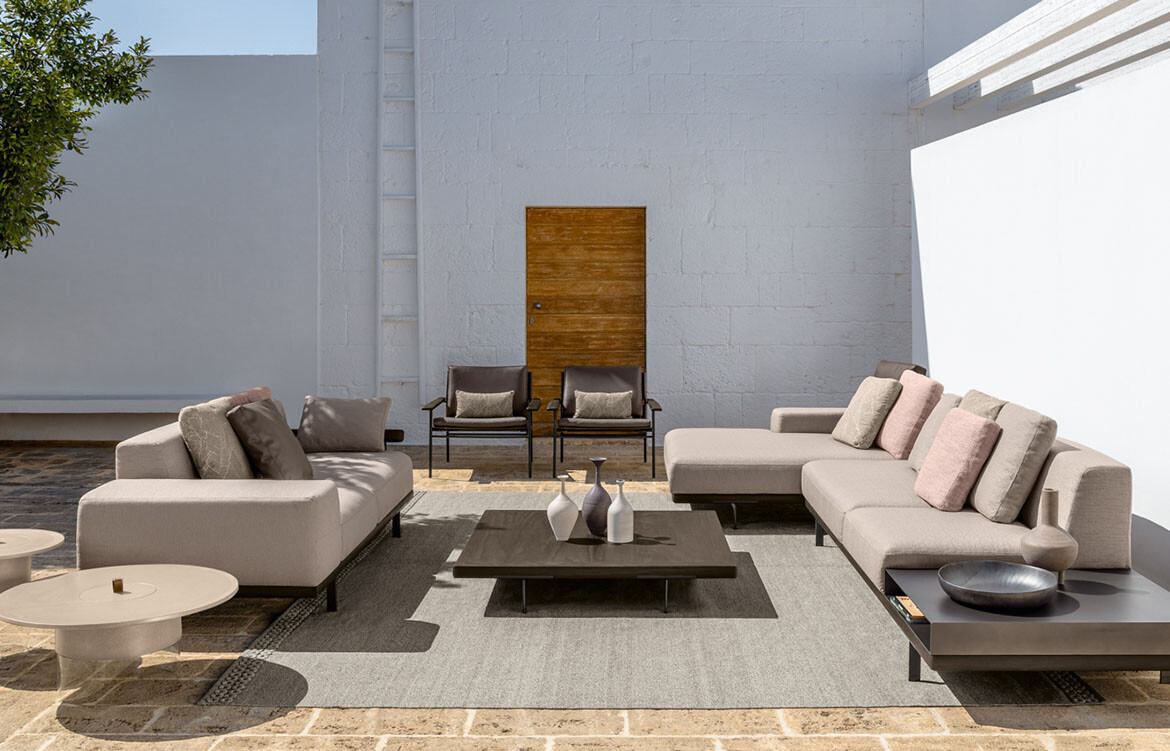At the heart of minimalist design and interior architecture is the question: What can be stripped away from an item that won’t make it lose its identity and purpose? In doing so, minimalism emphasises the simplification of form by aiming for the fewest possible elements, and a final design wherein everything is essential.
Furniture
Minimalist furniture design should be defined by a subtle understatement of form and supported by an emphasis on function and aesthetic appeal. The piece of furniture, although simple, should express a presence in the room that balances both eye-catching and harmonious elements.
Below are three ways to ensure a furniture design that adheres minimalist principles.

Design by Khai Liew
High-quality materials
In practically every area of design, this principle rings true: The higher quality the materials used to create a piece, the higher quality the final design. Of course, quality materials also need to be paired with quality concepts.
While using lesser quality materials may save costs, the result will often not be what was desired, and the strived-for minimalist aesthetic ends up looking cheap and ill-conceived.
Simple, pure, organic design
Minimalist furniture design isn’t about a lack of design; it’s about simple design done well. By stripping the complexity from a piece of furniture, designers can capture the essence of a design while retaining its integrity and functional purpose. In doing so, beautiful, organic design is partnered with functionality to create the ideal example of furniture design that is minimalist.
Use of space to create impact and presence
Spaces that feature minimalist furniture design can be at risk of appearing sparse or lacking – but it doesn’t have to. More often than not, minimalist furniture design makes the best use of available space to create an illusion of sparsity. In doing so, the piece of furniture stays true to its function while also adding to the sense of abundant space within the room.
By following just these three simple principles, achieving quality minimalist furniture design is more accessible than ever.

Design by Ritzwell











